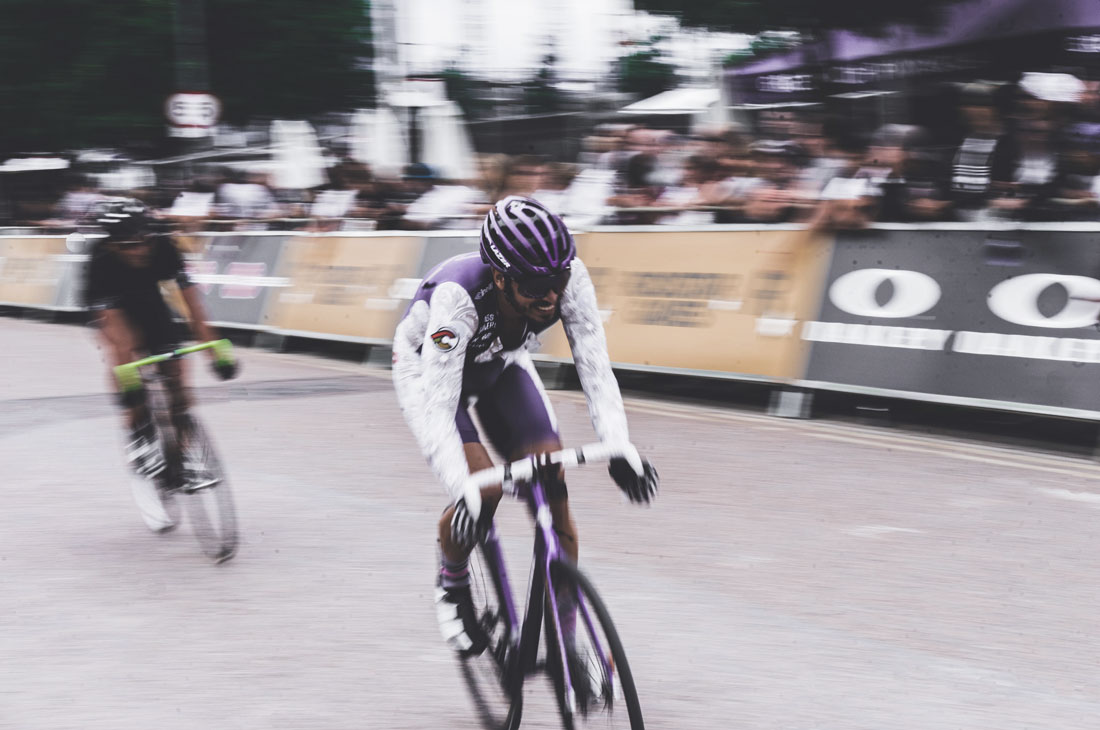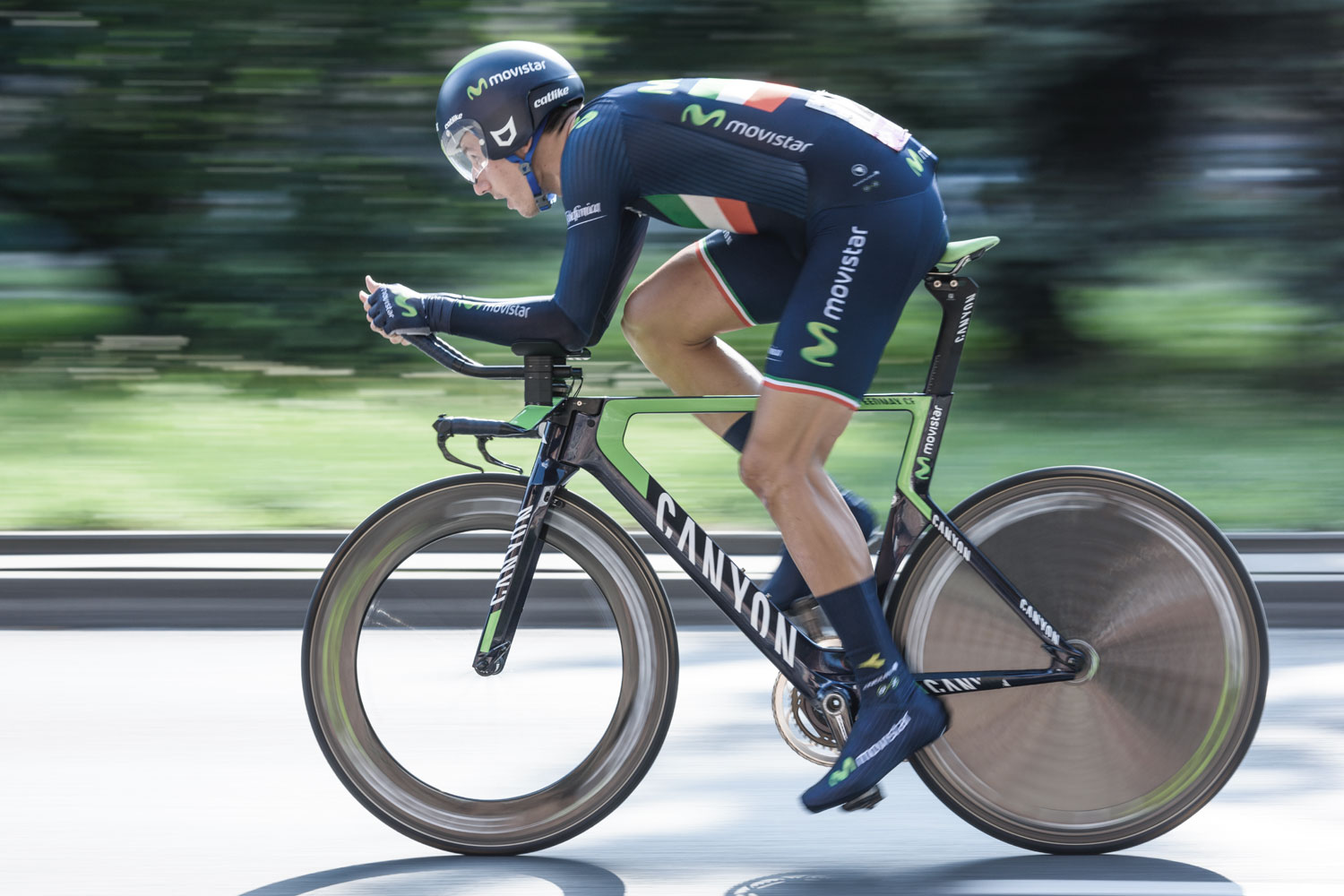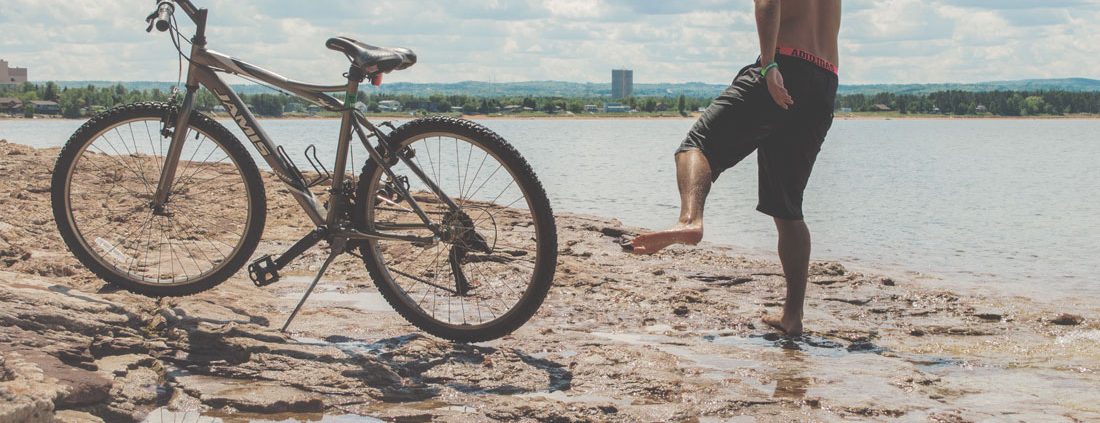Rolfing and cycling
Whether on the road or in the mountains: In cycling, the body needs a solid training foundation. This is the key to ensuring that top performance is maintained over a long period of time and that injuries or overstraining do not occur.
However, many cyclists fall into the trap of thinking that cycling is only a matter of the legs. Unfortunately, this is not the case.
The legs, the hips and the buttocks generate the great forces to move the bike. But to stabilize the lower part of the body, a strong stomach, back and upper body are necessary. All areas of the body must work together to stabilize the bike and bring maximum force to the pedals. Cycling is a whole body activity.
Causes and injuries
There are many different causes of injuries while cycling. The most important are:
- An accident, often due to excessive speed and loss of control.
- The seat position on the bicycle is incorrectly adjusted.
- The posture is not correct.
- The body is not trained and not used to the sitting position.
- The body is overwhelmed during the ride.
- The journey is not interrupted when the first symptoms occur.

Photo by Boris Stefanik on Unsplash
Apart from falls and accidents, the classic problems in cycling are the following:
- Neck and occipital tensions
- IT Band Syndrome (Runner’s Knee)
- Carpal tunnel syndrome
- Wrist and forearm problems
- Knee injuries
- Urogenital problems due to contact with the saddle
- Shoulder blade syndrome
- Compression of lumbar spine
How do I avoid injuries?
- Train to ride a bike – not the other way around.
- Work on your posture. The posture on the bike is important to transfer strength efficiently and avoid overloading joints.
- Improve trunk mobility and stability and the ability to transfer forces. If you sit on the bike for many hours, correct posture is important in order to avoid neck and back injuries.
- Train in the studio on equipment and pay attention to the correct posture. Simulate the corresponding position on the bike. Strength training helps to prevent overstraining your hands and knees.
- Make sure that the bike is optimally adjusted to your body and that the saddle does not cause compression of the nerves and blood vessels on the perineum. Good fitting equipment is as important as the right shoe size.
- Stretch your body regularly and moderately. The fasciae are therefore better able to store and transmit forces.
- If you ride bike a lot, you should train in parallel with a recreational sport such as running or swimming. This frees the shoulder girdle from its attachment to the handlebar.
- Wear a helmet when cycling.
If you only train for strength and stability, your fasciae will shorten and become hard and inflexible. This is why your body also needs regular moderate stretching. Here Rolfing can support you. But Rolfing is more than stretching.

Photo by Jacek Dylag on Unsplash
Rolfing is work on posture – also on the bike
- Rolfing® frees you from tensions that affect your movements and removes unnecessary tension from your joints. You get stretching in places you can’t reach yourself.
- Rolfing helps you to reduce the risk of overstraining and wear by sculpting the body into its best possible shape.
- Rolfing works on your posture, because bad postures consume energy unnecessarily and strain the joints.
- Rolfing dissolves matting in the tissue caused by injuries and overstrain.
- However, Rolfing is not a cure-all. The topics that your body brings with it have priority and receive an individual solution.
- The history of injuries that your body brings along and your training goals are in the foreground.
- The overriding goal is to strengthen your fasciae in the entire system and keep them elastic at the same time.
- We work mostly on the massage bench, but also sitting and on the mat.
The most important muscle chains for cycling are addressed by Rolfing, with an emphasis on breathing, pelvic dynamics and trunk stability.
Articles worth reading:
“Improving Long Course Bike Speed Part 1”
“Improving Long Course Bike Speed Part 2”
Article about how the training is planned and built.
“Eight Injury-Busting Stretches for Cyclists”
Valuable stretches described in detail. Good photo documentation.
“Bicycling and Pain”
Sheldon Brown writes where it can hurt and how to fix it – made cool.
“Bicycle-Related Injuries”
by American Family Physician AAFP
Detailed article with statistics.
“Cyclist’s Guide to Injury Prevention“
Blog. Collection of good articles on the topic.
“Überlastungssymptome bei Mountainbikern”
From the Institute for Rehabilitation, German Sport University Cologne. The article describes the various symptoms of overuse in mountain bikers. Of the 840 respondents, 90 percent had overload symptoms.
If you have any questions, please feel free to contact me in my practice in Berlin or Munich. Here you will find the contact page.



